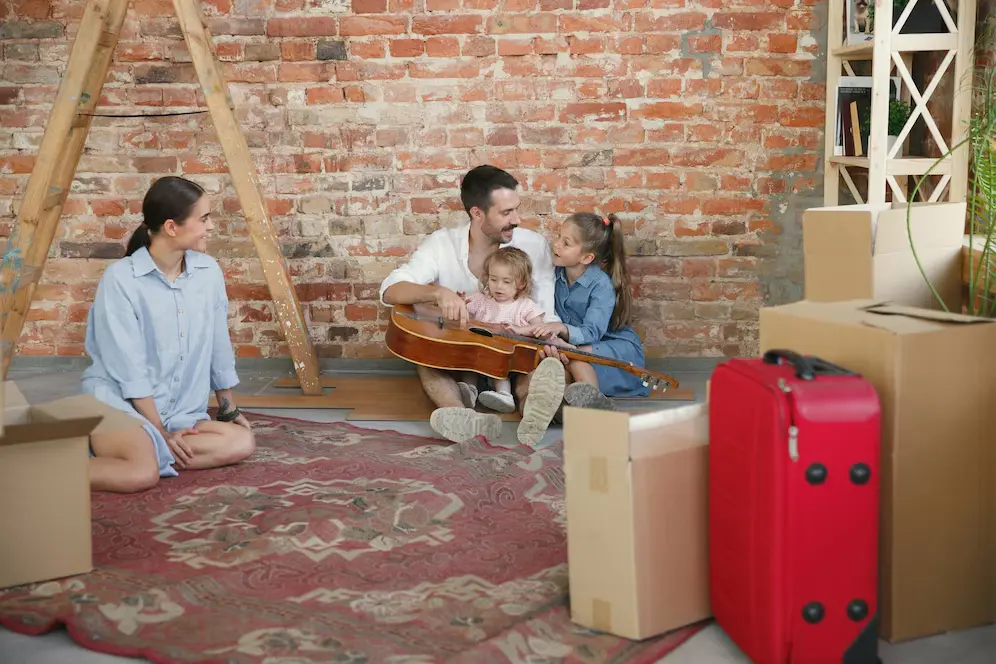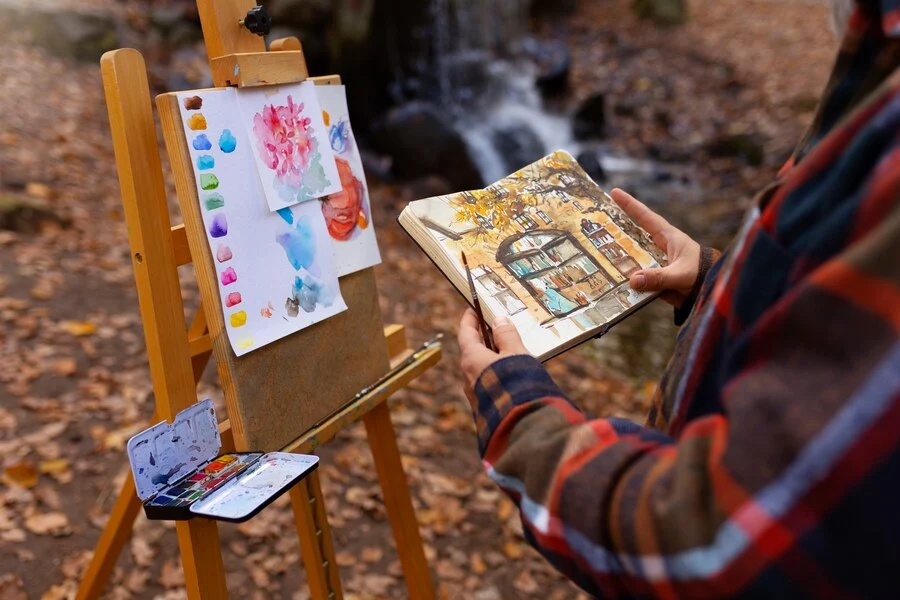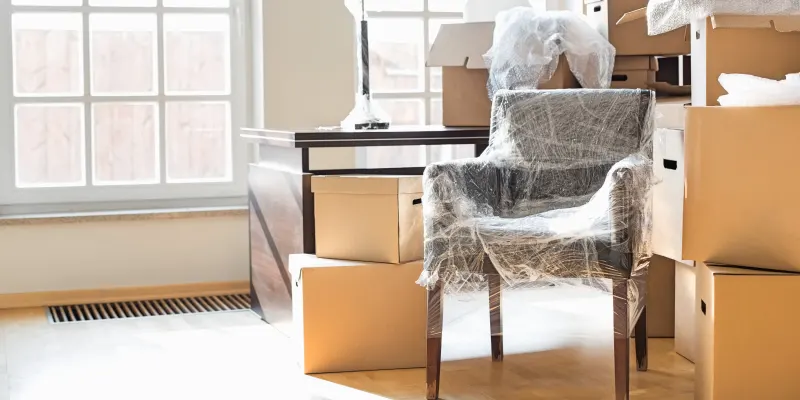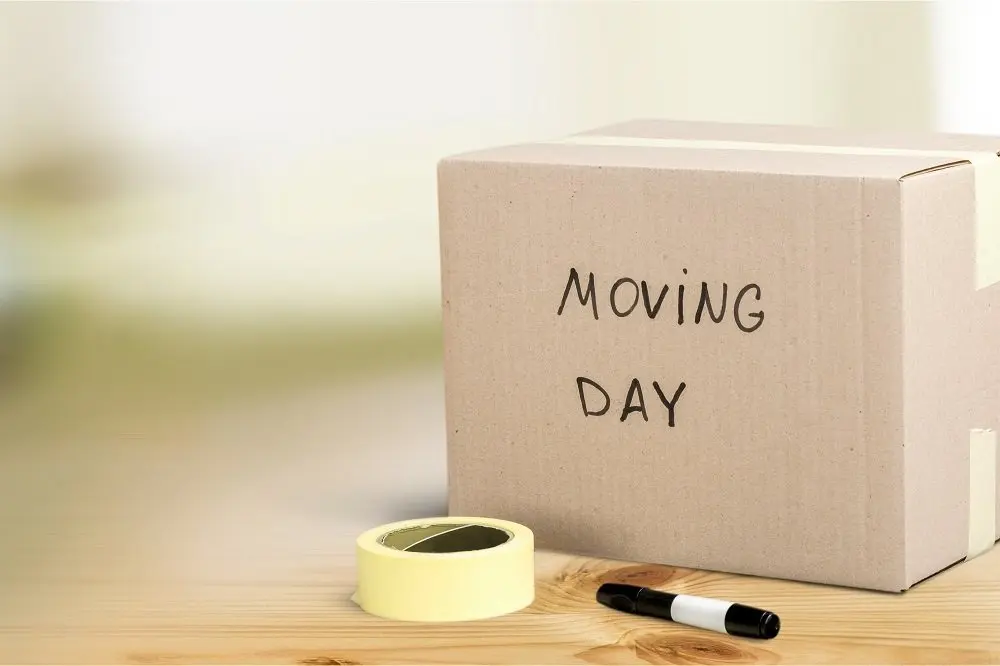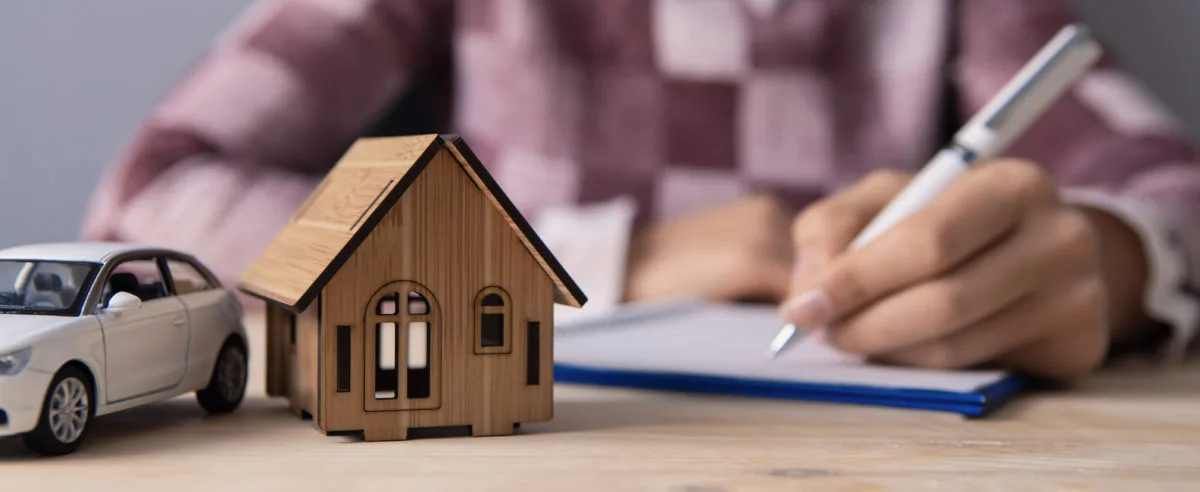Moving valuable pieces of art can be a daunting task for anyone. With the high value and sentimental attachment to these works, it's essential to take extra care when handling them. Whether moving artwork from one room to another or relocating it to a new home, it's crucial to have a plan to ensure that the pieces remain safe and secure throughout the process.
In this blog post, we'll share some top tips for moving valuable pieces of art so that you can ensure their safety and security during transportation.
Assess the Value and Fragility of the Art Pieces
Assessing the value and fragility of art pieces is an essential step when preparing to move them. Here are some steps you can take to evaluate the value and fragility of your art pieces:
Determine the Type of Art Piece
Your art piece is crucial in determining its value and fragility. For example, paintings, sculptures, and antique furniture require different levels of care during transportation.
Research the Artist
Research the artist who created the piece to determine its value. Look for information on the artist's background, previous sales of their work, and any awards or recognition they've received.
Get a Professional Appraisal
If you have any doubts about the value of your art piece, consider getting a professional appraisal. A professional appraiser can provide an accurate estimate of the artwork's value, which will help you determine the level of protection it requires during transportation.
Consider the Condition of the Art Piece
The artwork's condition is another factor that affects its value and fragility. Check for any visible signs of damage, such as cracks, chips, or fading. Take note of any repairs or restoration work done on the artwork.
Evaluate the Materials Used
Take note of the materials used to create the artwork, as some materials are more fragile than others. For example, ceramic and glass artworks may require extra protection during transportation because of their delicate nature.
Note the Size and Weight of the Art Piece
The size and weight of the artwork is also important consideration when assessing its fragility. Larger and heavier pieces may require additional support and handling during transportation.
Seek Advice from Experts
If you still need to figure out the fragility and value of your art pieces, seek advice from art experts, such as curators and conservators. They can provide valuable insights into your artwork's care and handling.
Assessing the value and fragility of art pieces is a crucial step when preparing to move them.
Hire a Professional Art Moving Company
Hiring a professional art moving company is essential to ensure the artwork is transported safely and securely when moving valuable art pieces. Here are some steps you can take to hire a professional art moving company:
- Do Your Research: Start by researching art moving companies in your area. Look for companies that specialize in transporting artwork and have experience handling pieces similar to yours. Check online reviews and ratings to understand their reputation and reliability.
- Ask for Referrals: Reach out to friends, family, or colleagues who have experience moving art pieces. They can provide you with recommendations for reputable art moving companies.
- Get Multiple Quotes: Contact several art moving companies and ask them to provide you with a quote for their services. Be sure to provide them with detailed information about your art pieces, including size, weight, and fragility.
- Check Credentials: Verify that the art moving company you're considering has all the necessary licenses and credentials to operate legally. Ask for proof of insurance, licensing, and registration, and make sure they comply with all state and federal regulations.
- Ask About Their Experience: Ask the art moving company about their experience handling art pieces. Inquire about the equipment and materials they use to transport artwork and if they have experience handling pieces like yours.
- Inquire About Their Packing Methods: Everyone uses bubble wrap, but art moving companies also use specialized packing materials, such as acid-free paper and cushioned crates, to protect the artwork during transportation. Ask the company about their packing methods and materials to ensure the safety of your artwork.
- Review the Contract Carefully: Before signing the contract, review it carefully, paying attention to the terms and conditions. Ensure that there are no hidden fees or charges and that all the services you require are included in the contract.
Moving art pieces can be complicated, but it can be done safely and securely with the proper steps.
Plan Ahead
Planning is crucial when moving valuable pieces of art. Here are some tips to help you plan:
- Create a Timeline: Start by creating a timeline for the move. Identify the move date and work backward to create a schedule that outlines all the tasks that must be completed before the move.
- Make a Checklist: Create a comprehensive checklist of everything you need to do before the move. Include tasks such as hiring an art moving company, packing materials including bubble wrap, artwork boxes and wooden crate, and notifying insurance companies.
- Notify Insurance Companies: If artwork is insured, notify your insurance company of the move. They may require special instructions or additional coverage during transportation.
- Coordinate with the Art Moving Company: Once you've selected an art moving company, coordinate with them to ensure they're available on the move date. Confirm the details of the move, including the number of pieces, size, and weight.
- Pack Your Artwork: Begin packing your artwork in advance of the move. Use appropriate packing materials, such as bubble wrap, plastic wrap, acid-free paper and cushioned crates, to protect the artwork during transportation.
- Label Your Artwork: Label all your artwork with colour-coded labels or stickers to identify each piece and ensure they correspond with your inventory list.
- Transport Your Artwork: Arrange for the transportation of your artwork, either by hiring an art moving company or using a private shipping service.
- Double-Check Everything: Before the move, double-check everything to ensure you have caught everything. Review your checklist and inventory list to ensure everything is accounted for.
- Ensure Your Artwork Arrive Safely: Monitor the transport of your artwork to ensure it arrives safely and unharmed at its destination. If you hire an art moving company, ask for regular progress updates.
Create an Inventory List of All Your Art Pieces
Creating an inventory list of your fine art pieces is crucial when moving valuable artwork. Here are some tips on how to create an inventory list for your art pieces:
- Start by Listing All Fine Art Pieces: List all your art pieces. This could include paintings, sculptures, drawings, prints, photographs, and any other artwork you own.
- Record Descriptions: For each artwork on your list, record a description. This should include the title, artist, medium, dimensions, and other relevant details that may help identify the artwork.
- Include Condition Reports: Keep a record of the condition of each fine art piece. Note any existing damage or repairs that have been made to the artwork.
- Determine the Value: Determine the value of each fine art piece. This can be done by researching similar pieces and prices from art dealers, auction houses, and other reputable sources.
- Take Photographs: Take photographs of each piece of artwork. These photographs will be useful for insurance purposes and can also help identify the artwork if it's lost or stolen.
- Note Special Handling Instructions: If any of your artwork has special handling instructions, such as temperature and humidity requirements, be sure to note these instructions on the inventory list.
- Store the Inventory List Safely: Keep your inventory list in a safe place, such as a fireproof safe or safety deposit box. You can digitally copy and store the list in the cloud or on an external hard drive.
You'll still have a copy if the original list is lost or destroyed.
Use Appropriate Packing Materials
Using appropriate packing materials is crucial when moving valuable canvas art pieces. Besides regular packing materials you can also use cardboard corner protectors, cling wrap, palette wrap, glass covering, and other materials. Here are some tips on how to use appropriate packing materials:
Use Acid-Free Tissue Paper
Wrap paintings and other flat-framed art pieces in acid-free tissue paper. This will help prevent the paint or ink from sticking to the packing material.
Use Glassine Paper
Use glassine paper to protect the delicate surfaces of sculptures, ceramics, and other three-dimensional unframed art pieces.
Use Custom-Fitted Cardboard Boxes and Crates
Use custom-fitted boxes and crates explicitly made for framed artwork. These boxes and containers come in various sizes and are designed to protect framed artwork during transportation.
Add Extra Padding or Bubble Wrap
Add extra padding to any empty spaces inside the box or crate. Use bubble wrap, foam, or packing peanuts to ensure the artwork doesn't shift during transportation. If necessary add crumpled newspaper and another layer of protection to safeguard your artwork.
Secure the Artwork with Packing Tape
Secure the artwork, entire sculpture, canvas painting, medium-sized artwork, and other fragile items inside the box or wood crate using packing tape, paper, or plastic wrap. This will prevent the artwork from moving around during transportation.
Label the Boxes
Label each box or crate with the name of the artwork and indicate which side is up. This will help ensure that the valuable paintings, artwork, and other valuable items are handled correctly during transportation.
Use Climate-Controlling Packing Materials
Fragile artwork or wall art that requires specific environmental conditions, uses climate-controlling materials such as humidity indicators, moisture absorbers, or temperature-controlled containers. Special precautions are necessary for moving paintings and multiple pieces of art in a moving box, and later, a moving truck.
Conclusion
Creating an inventory list of your art pieces is crucial when moving valuable artwork. Moving valuable artwork can be daunting but simple with the right planning and materials used to pack artwork. When you need help moving your artwork, consider hiring Quick & Easy Moving. With their expertise in handling fragile
Moving Tips and Tricks

How do I Choose a Moving Company?
Choosing a moving company can be tricky and sometimes overwhelming with so many options to choose from. That’s why Quick and Easy Moving have created our top 5 tips on how to choose a moving company for your upcoming move. Just follow this simple how-to guide... 1. Ask friends and family Referrals are always one of the most effective ways to choose any product or service. Hearing feedback or seeing...
Read More









